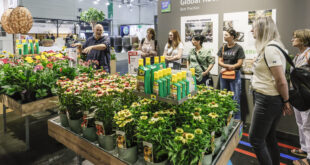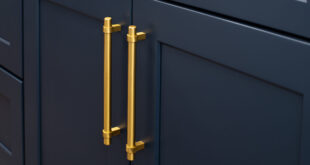One of the hottest trends in urban farming is raising and keeping backyard chickens. According to a report by CBS News, more than 10 million households kept chickens in 2018, and predictors indicated that the number was rising. By 2020, hatcheries were reporting more than a 100 percent rise in demand for chicks, spurred in part by the coronavirus pandemic and food shortages. No matter the reason—for a pet or as a source of meat or eggs—keeping chickens comes with its own product needs designed to maintain the health and safety of the fine-feathered fowl.
Many who own chickens don’t want to keep them confined in laying cages or in “cage-free” barns as some industrial operations do; even if kept for their meat, many want their poultry to enjoy their short lives with freedom to move about and have space to stretch their legs and wings. This means allowing the chickens “free-range” or the run of the property without major restrictions. However, allowing chickens to roam freely opens doors to a variety of problems, such as wandering away from the property or becoming the victim of a predator, which is why many consumers look for products to provide safe, limited free-ranging for their flocks.
Products useful in this category include:
Fences and Netting: Useful to keep chickens in and predators out, wire fencing and netting can provide barriers and cover for the safety of the flock.
Coops and Runs: Coops can provide nighttime roosting spots that are sheltered from inclement weather as well as from predatory animals like foxes, cats, dogs and more, and runs provide safe roaming during daylight hours. To allow for new roosting and roaming areas, companies like OverEZ Chicken Coop® offer wheels that can be installed on their coops and runs, making it easier for users to transport their chickens to new locations on the property.
Baits, Deterrents and Traps: While these products should not be used within the coop or run, they can be helpful for use around coops or near feed storage areas. Mice and rats are attracted to areas where feed is stored, while other animals, ranging from raccoons and opossums to fox and predatory birds, can bring havoc to the chickens directly. Products like kill traps for rodents, or live traps for larger predators can add a layer of safety for the flock.
 Hardware Retailing The Industry's Source for Insights and Information
Hardware Retailing The Industry's Source for Insights and Information







